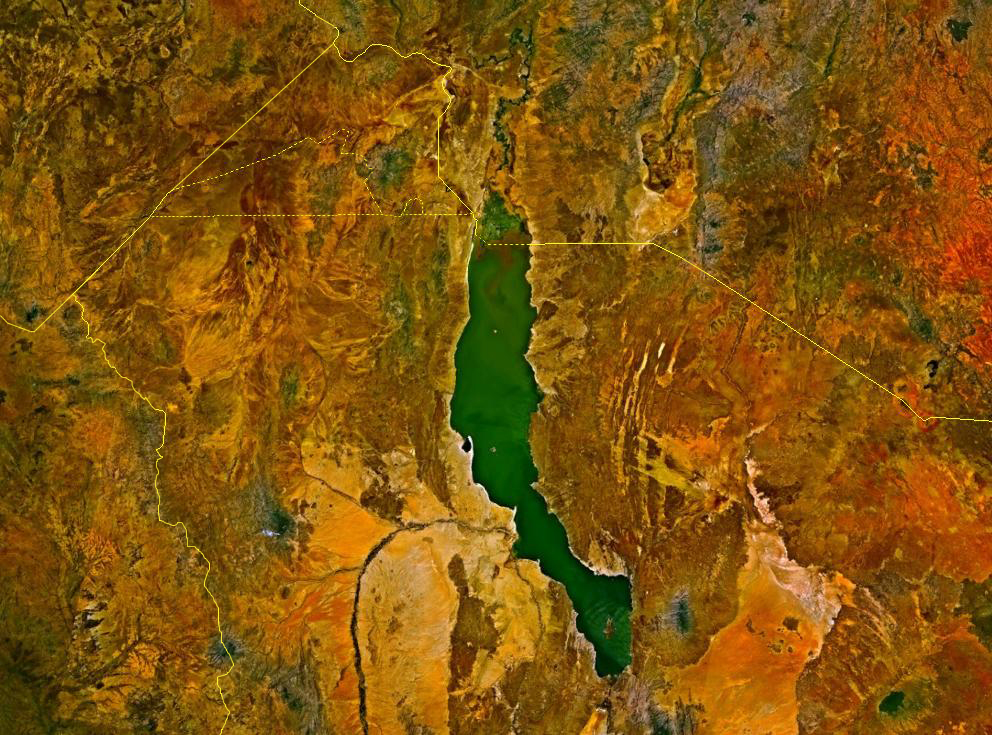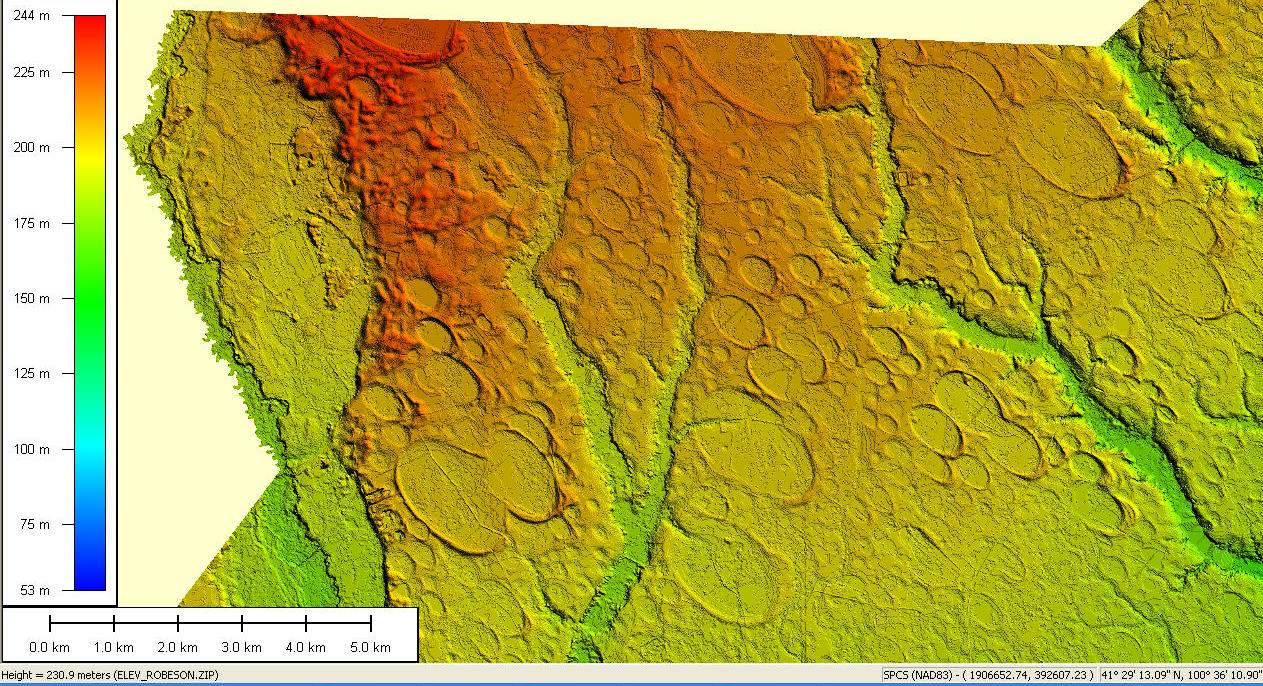|
Aristida
''Aristida'' is a very nearly cosmopolitan genus of plants in the grass family. ''Aristida'' is distinguished by having three awns (bristles) on each lemma of each floret. The genus includes about 300 species found worldwide, often in arid warm regions. This genus is among those colloquially called three-awns wiregrasses, speargrasses and needlegrasses. The name ''Aristida'' is derived from the Latin "arista", meaning "awn". They are characteristic of semiarid grassland. The Wiregrass Region of North America is named for '' A. stricta''. Other locales where this genus is an important component of the ecosystem include the Carolina Bays, the sandhills of the Carolinas, and elsewhere, Mulga scrub in Australia, and the xeric grasslands around Lake Turkana in Africa. Local increases in the abundance of wiregrasses is a good indicator of overgrazing, as livestock avoid them. Description ''Aristida'' stems are ascending to erect, with both basal and cauline leaves. The le ... [...More Info...] [...Related Items...] OR: [Wikipedia] [Google] [Baidu] |
Aristida Purpurea
''Aristida purpurea'' is a species of grass Poaceae () or Gramineae () is a large and nearly ubiquitous family of monocotyledonous flowering plants commonly known as grasses. It includes the cereal grasses, bamboos and the grasses of natural grassland and species cultivated in law ... native to North America which is known by the common name purple three-awn. Distribution This grass is fairly widespread and can be found across the western two thirds of the United States, much of southern Canada and parts of northern Mexico. It is most abundant on the plains. Description This is a perennial bunchgrass, growing erect to under a meter-3 feet in height, and the flower glumes often assumes a light brown to reddish-purple color. There are several varieties with overlapping geographical ranges. This is not considered to be a good graze for livestock because the awns are sharp and the protein content of the grass is low. References External links Calflora Database: ... [...More Info...] [...Related Items...] OR: [Wikipedia] [Google] [Baidu] |
Aristida Adscensionis
''Aristida adscensionis'' is a species of grass known by the common name sixweeks threeawn. It is native to the Americas but it is distributed nearly worldwide. It grows easily in disturbed and waste areas and has potential to become a weed. Description This annual bunchgrass is quite variable in appearance, its size and shape determined largely by environmental conditions. It grows in a tuft to heights between 5 and 80 centimeters. It forms a narrow inflorescence An inflorescence is a group or cluster of flowers arranged on a stem that is composed of a main branch or a complicated arrangement of branches. Morphologically, it is the modified part of the shoot of seed plants where flowers are formed ... of spikelets, each fruit with three awns. External links Jepson Manual TreatmentUSDA Plants ProfileGrass Manual Treatment adscensionis Bunchgrasses of North America Native grasses of California Flora of the California desert regions North American desert flora ... [...More Info...] [...Related Items...] OR: [Wikipedia] [Google] [Baidu] |
Wiregrass (other)
Wiregrass is a common name for several plants Wiregrass may refer to: * Poaceae grasses ** ''Aristida'' (three-awns), especially ''Aristida stricta'' (Pineland Three-awn), '' Aristida junciformis'' and ''Aristida purpurea'' (Purple Three-awn), of subfamily Arundinoideae ** ''Eleusine indica'' (Indian Goosegrass) of subfamily Eragrostideae ** ''Sporobolus indicus'' (Smutgrass) of subfamily Chloridoideae ** ''Cynodon dactylon'' (Bermuda Grass) of subfamily Chloridoideae ** '' Ventenata dubia'' of subfamily Pooideae, native to the Mediterranean and naturalized in western North America * Other plants ** '' Juncus tenuis'' (Slender Rush) of the rush family ** '' Polygonum arenastrum'' (Common Knotweed) of the knotweed family See also * Wiregrass Region, an area of the Southern United States encompassing parts of southern Georgia, southeastern Alabama and the Florida Panhandle A salient (also known as a panhandle or bootheel) is an elongated protrusion of a geopolitical entity, such ... [...More Info...] [...Related Items...] OR: [Wikipedia] [Google] [Baidu] |
Aristida Stricta
''Aristida stricta'' is a warm-season grass, native to North America, that dominates understory vegetation in sandhills and flatwoods coastal plain ecosystems of the Carolinas in the Southeastern United States. It is known as wiregrass (due to its texture) and pineland three-awn grass. Its common name, wiregrass, gave rise to the naming of the Wiregrass Region The Wiregrass region or Wiregrass country is an area of the Southern United States encompassing parts of southern Georgia, southeastern Alabama, and the Florida Panhandle. The region is named for the native ''Aristida stricta'', commonly known a ... in which it is located. This is a fast-growing species that regenerates quickly after fires. The plant depends on regular summer burning in order to stimulate flowering and seed production. References * stricta Flora of North Carolina Flora of South Carolina Flora of Florida Flora of Georgia (U.S. state) {{Poaceae-stub ... [...More Info...] [...Related Items...] OR: [Wikipedia] [Google] [Baidu] |
Sandhills (Carolina)
The Sandhills or Carolina Sandhills is a 10-35 mi wide physiographic region within the U.S. Atlantic Coastal Plain province, along the updip (inland) margin of this province in the States of North Carolina, South Carolina, and Georgia. The extent of the Carolina Sandhills is shown in maps of the ecoregions of North Carolina, South Carolina, and Georgia. Geology The unconsolidated sand of the Carolina Sandhills is mapped as the Quaternary Pinehurst Formation, and is interpreted as eolian (wind-blown) sand sheets and dunes that were mobilized episodically from approximately 75,000 to 6,000 years ago. Most of the published luminescence ages from the sand are coincident with the last glaciation, a time when the southeastern United States was characterized by colder air temperatures, stronger winds, and less vegetation. The Carolina Sandhills region also contains outcrops of Cretaceous-age (~100 million years old) strata of sand, sandstone, and clay that are interpreted as f ... [...More Info...] [...Related Items...] OR: [Wikipedia] [Google] [Baidu] |
Poaceae
Poaceae () or Gramineae () is a large and nearly ubiquitous family of monocotyledonous flowering plants commonly known as grasses. It includes the cereal grasses, bamboos and the grasses of natural grassland and species cultivated in lawns and pasture. The latter are commonly referred to collectively as grass. With around 780 genera and around 12,000 species, the Poaceae is the fifth-largest plant family, following the Asteraceae, Orchidaceae, Fabaceae and Rubiaceae. The Poaceae are the most economically important plant family, providing staple foods from domesticated cereal crops such as maize, wheat, rice, barley, and millet as well as forage, feed for meat-producing animals. They provide, through direct human consumption, just over one-half (51%) of all dietary energy; rice provides 20%, wheat supplies 20%, maize (corn) 5.5%, and other grains 6%. Some members of the Poaceae are used as building materials (bamboo, thatch, and straw); others can provide a source of bi ... [...More Info...] [...Related Items...] OR: [Wikipedia] [Google] [Baidu] |
Lake Turkana
Lake Turkana (), formerly known as Lake Rudolf, is a lake in the Kenyan Rift Valley, in northern Kenya, with its far northern end crossing into Ethiopia. It is the world's largest permanent desert lake and the world's largest alkaline lake. By volume it is the world's fourth-largest salt lake after the Caspian Sea, Issyk-Kul, and Lake Van (passing the shrinking South Aral Sea), and among all lakes it ranks 24th. Lake Turkana is now threatened by the construction of Gilgel Gibe III Dam in Ethiopia due to the damming of the Omo river which supplies most of the lake's water. Although the lake commonly has been —and to some degree still is— used for drinking water, its salinity (slightly brackish) and very high levels of fluoride (much higher than in fluoridated water) generally make it unsuitable, and it has also been a source of diseases spread by contaminated water. Increasingly, communities on the lake's shores rely on underground springs for drinking water. The ... [...More Info...] [...Related Items...] OR: [Wikipedia] [Google] [Baidu] |
Carolina Bay
Carolina bays are elliptical to circular depressions concentrated along the Atlantic seaboard within coastal New York, New Jersey, Delaware, Maryland, Virginia, North Carolina, South Carolina, Georgia, and north Florida.Kaczorowski, R. T. (1977) ''The Carolina Bays: a Comparison with Modern Oriented Lakes'' Technical Report no. 13-CRD, Coastal research Division, Department of Geology, University of South Carolina, Columbia. In Maryland, they are called Maryland basins. Within the Delmarva Peninsula, they and other coastal ponds are also called Delmarva bays.Coleman, D. (2001''Delmarva Bays: Natural Enigmas.'' , Annapolis. Maryland. The name "Carolina bay" is sometimes attributed to the writings of the English explorer [...More Info...] [...Related Items...] OR: [Wikipedia] [Google] [Baidu] |
Speargrass (other)
{{Plant common name ...
Spear grass or speargrass is the common name of numerous herbaceous plants worldwide including: Poaceae (grasses) *''Aristida'' spp. *''Heteropogon contortus'' *''Imperata cylindrica'' *'' Piptochaetium'' *''Poa'' spp. *''Stipa'' spp.; typically ''Stipa calamagrostis'' Apiaceae (umbellifers) '' Aciphylla'' spp. Other *Foxtail (other) Foxtail or fox tail may refer to: Plants * Foxtail (diaspore), the dry spikelet or spikelet cluster of some grasses ** ''Alopecurus'', foxtail grasses - the scientific name literally means "fox tail" ** ''Bromus madritensis'', foxtail brome ** ''H ... [...More Info...] [...Related Items...] OR: [Wikipedia] [Google] [Baidu] |
Needlegrass (other)
{{Plant common name ...
The term needlegrass may refer to any of several genera of grasses, including: *'' Achnatherum'' *''Aristida'' (three-awns) *'' Hesperostipa'' *''Nassella'' *''Stipa'' *'' Triraphis'' See also * Spear grass (other) * Wiregrass (other) Wiregrass is a common name for several plants Wiregrass may refer to: * Poaceae grasses ** ''Aristida'' (three-awns), especially ''Aristida stricta'' (Pineland Three-awn), '' Aristida junciformis'' and ''Aristida purpurea'' (Purple Three-awn), of ... [...More Info...] [...Related Items...] OR: [Wikipedia] [Google] [Baidu] |
Acacia Aneura
''Acacia aneura'', commonly known as mulga or true mulga, is a shrub or small tree native to arid outback areas of Australia. It is the dominant tree in the habitat to which it gives its name ( mulga) that occurs across much of inland Australia. Specific regions have been designated the Western Australian mulga shrublands in Western Australia and Mulga Lands in Queensland. Description Mulga trees are highly variable, in form, in height, and in shape of phyllodes and seed pods. They can form dense forests up to high, or small, almost heath-like low shrubs spread well apart. Most commonly, mulgas are tall shrubs. Because the mulga is so variable, its taxonomy has been studied extensively, and although ''A. aneura'' is likely to be split into several species eventually, there is as yet no consensus on how or even if this should be done. Although generally small in size, mulgas are long-lived, a typical life span for a tree undisturbed by fire is of the order of 200 to 300 ... [...More Info...] [...Related Items...] OR: [Wikipedia] [Google] [Baidu] |
Sandhill
A sandhill is a type of ecological community or xeric wildfire-maintained ecosystem. It is not the same as a sand dune. It features very short fire return intervals, one to five years. Without fire, sandhills undergo ecological succession and become more oak dominated. Entisols are the typical sandhill soil, deep well-drained and nutrient poor. In Florida, sandhills receive cm of rainfall per year, just like the more hydric ecosystems surrounding them. Sandhills are xeric because they have poor water holding capacity. Dominant vegetation includes longleaf pine (''Pinus palustris''), American turkey oak ('' Quercus laevis''), and wiregrass ('' Aristida stricta''). A number of rare animals are typical of this habitat including the gopher tortoise ('' Gopherus polyphemus''), red-cockaded woodpecker (''Picoides borealis''), Sherman's fox squirrel ('' Sciurus niger shermani''), and striped newt ('' Notophthalmus perstriatus''). Invasive species that are a problem on sandhills inc ... [...More Info...] [...Related Items...] OR: [Wikipedia] [Google] [Baidu] |




